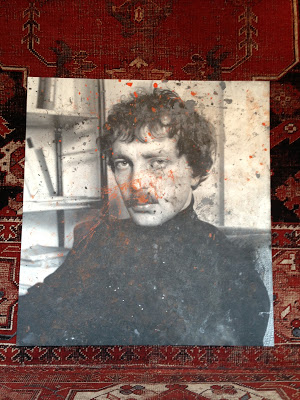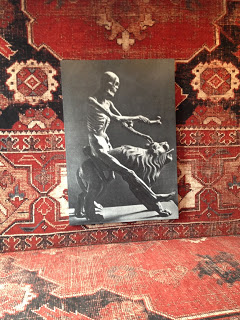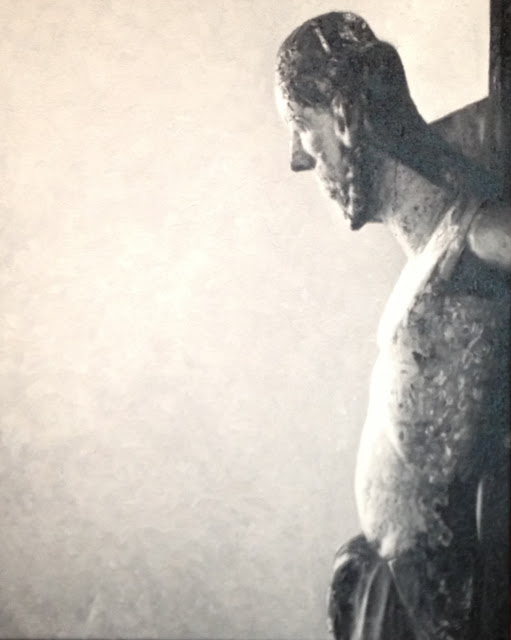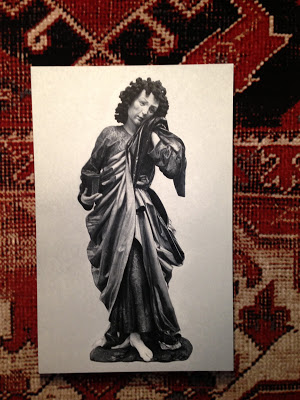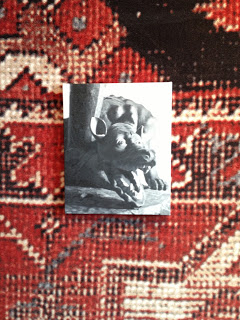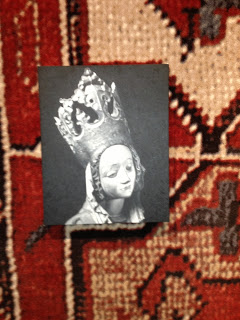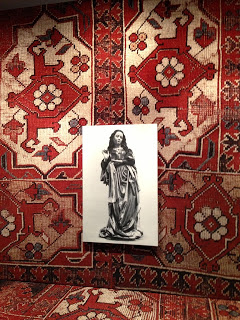One of this year’s Venice Biennale’s most remarkable exhibitions was undoubtedly Italian artist Rudolf Stingel, held in the Palazzo Grassi.
His first exhibition in the United States, which I still remember vividly, took place at the Museum of Contemporary Art in Chicago in 2007. The artist had covered the walls of a room with Styrofoam coated in aluminium, and visitors were invited to physically interact with the installation by scratching parts of the aluminium coating off the wall, thereby leaving their marks on the piece with writings, drawings or scribbles. I’ve tried and failed to remember what mark I left on the wall: probably nothing of note.
Stingel’s work is characterized by an interest in having the viewer actively participate in the creative process. On this occasion, Stingel’s large exhibition takes place in the 18th century Palazzo Grassi, where the artist has created a fascinating installation in which the palace’s floors and walls have been entirely covered by an enormous carpet (a reference to Freud). Also on display are his monochromatic paintings and paintings of Gothic and Baroque saints, which when juxtaposed with the reference to psychoanalysis helps to create a bizarre and unexpected viewing experience. The paintings and their connotations, with their idea of looking back at a past moment in time, may be implying an analogy with Freudian therapy. I was particularly struck by a side-view image of Christ’s crucifixion: the angle chosen by the artist to represent this iconic image is uncommon and one that I had not seen before. I found it a very disturbing piece.
Combining the full-space carpet installation with the paintings on the walls leads to a feeling of unease. It’s disorienting to be looking at the paintings on a carpet background which should really belong to the floor one is standing on, and one’s perception of the painting is certainly affected. Viewers tend to feel somewhat confused.
Stingel is interested in the viewer’s perception of art, something clearly seen in this exhibition. Conceptual art, installations and hyperrealism are the tools he uses in his mission to explore the creative process. A provocative, compelling artist whose prolific and heterogeneous output is well worth taking the time to study in depth.


